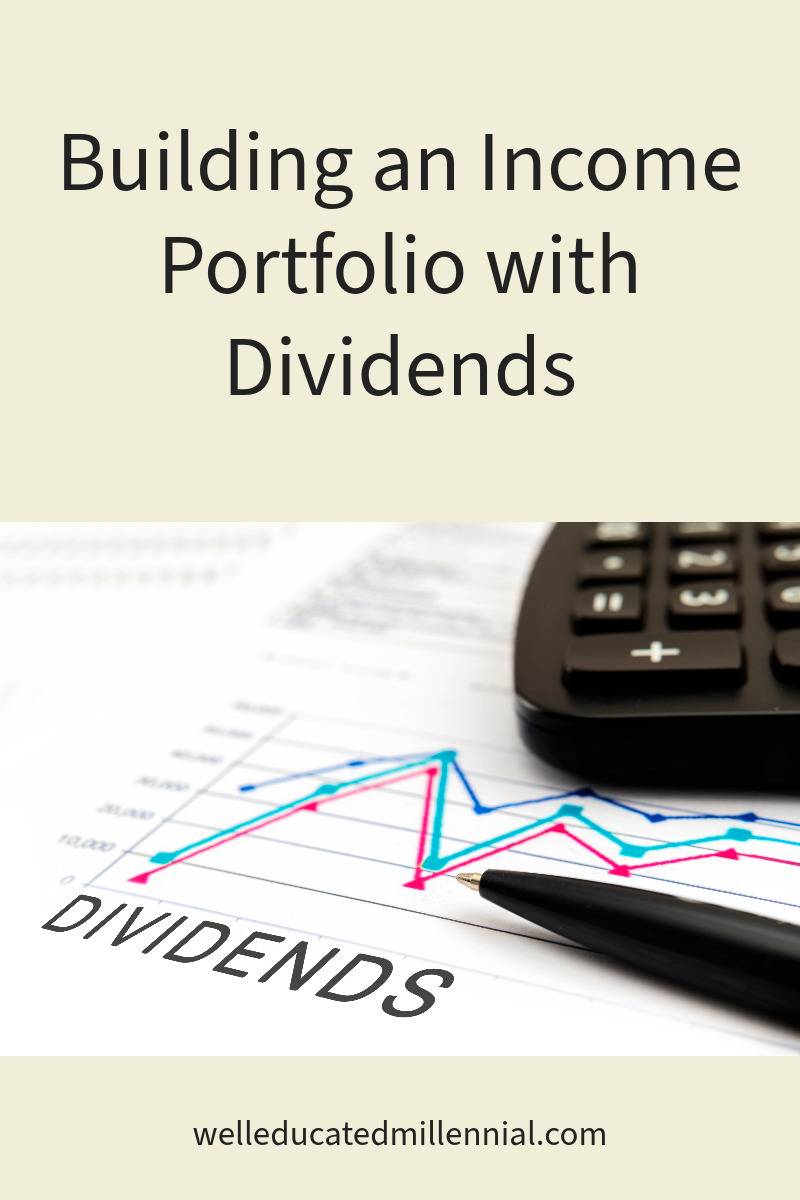For generations, dividends have been a cornerstone strategy for investors seeking to generate consistent income from the stock market. By constructing a diversified portfolio composed of dividend-paying stocks across various sectors, investors can create a regular stream of dividend payments that can provide living income or be reinvested to compound earnings. Dividend stocks also offer advantages such as reduced volatility. However, investors must be selective in choosing quality dividend payers and maintain proper ongoing portfolio management. With prudent dividend investing, investors can build an income engine that keeps churning out cash flows in all market environments.
How Dividends Work
Dividends are periodic cash payments that companies pay out to shareholders as a return on investment. They allow shareholders to earn income on their stock holdings without having to sell any shares. Dividends represent a distribution of corporate profits and are usually declared as a fixed dollar amount per share each quarter.
Mature, established companies tend to pay dividends more consistently. These companies operate in slower-growth industries where they generate predictable cash flows that can readily be distributed to shareholders. Common dividend-paying sectors include consumer staples, utilities, telecoms, energy, and healthcare.
Some key metrics for evaluating dividend stocks:
- Dividend Yield – The dividend payment per share as a percentage of the stock price. Higher percentage yields translate to greater income.
- Payout Ratio – The percentage of total company earnings paid out as shareholder dividends. Lower payout ratios of around 50% suggest room for future dividend increases.
- Dividend Growth Rate – The annualized historical growth rate of the dividend payment. Look for steady uptrends over time.
- Dividend History – The number of consecutive years the company has maintained and grown its dividend. Long track records signal a strong commitment to dividends.
Constructing a Diversified Dividend Portfolio
A common pitfall when constructing dividend portfolios is overemphasizing high-yielding stocks. This can result in a lack of diversification and concentration in riskier, financially weaker companies. The key is striking the right balance across sectors, yield vs. growth, and individual stock risk.
Diversification Across Sectors
The portfolio should contain a varied mix of dividend-payers across defensive and cyclical sectors of the economy, including:
- Consumer Staples – Companies producing food, beverages, and household goods that maintain steady dividends even in downturns. Examples include Procter & Gamble, Coca-Cola, and Pepsi.
- Industrials – Manufacturers and engineering firms with cyclical yet growing dividends. Examples include General Electric, 3M, and United Technologies.
- Healthcare – Pharmaceutical and medical companies with stable earnings and dividends. Examples include Johnson & Johnson, Pfizer, and Merck.
- Utilities – Providers of essential services like electricity, gas, and water with high dividend yields. Examples include Duke Energy, Consolidated Edison, and Southern Company.
Diversifying across sectors reduces reliance on any one sector for income. If one sector underperforms, others can compensate.
Balancing High-Yield and Dividend Growth
The portfolio should contain a healthy mix of both higher-yielding stocks for current income and lower-yielding stocks with strong dividend growth for rising future income. A higher yield doesn’t necessarily mean higher total returns, so growth is also crucial.
For example, a stock with a 3% yield growing at 7% annually can deliver superior long-term income compared to a stock yielding 5% but with minimal growth.
Managing Individual Stock Risk
The portfolio should be diversified across at least 20-30 individual stocks representing different segments of the economy. This mitigates overexposure to any single company. Stick to blue-chip stocks with long histories of steadily rising dividends.
Avoid relying too heavily on just a handful of stocks, as this exposes the portfolio to the idiosyncratic risks of those companies.
Income ETFs and Mutual Funds
For broader diversification, include some dividend-focused ETFs, mutual funds, and REITs. These provide instant exposure to hundreds of dividend payers across many sectors in a single fund. Examples include Schwab US Dividend Equity ETF (SCHD), Vanguard Dividend Appreciation ETF (VIG), and iShares Select Dividend ETF (DVY).
Funds help augment diversification and enable participation in dividends across the entire stock market.
Reinvesting Dividends
Reinvesting dividends from individual stocks and funds can turbocharge income growth long-term through the power of compounding. This expands the number of dividend-generating shares held over time.
Studies show that reinvested dividends can contribute significantly to long-run total returns. This helps offset inflation risk.
Managing and Balancing a Dividend Portfolio
Once constructed, dividend portfolios require ongoing maintenance and rebalancing. Key areas for investors to stay on top of:
- Monitoring dividend changes – Follow dividend increase/decrease announcements from holdings as this impacts income. Be aware of potential dividend traps with unsustainable payouts.
- Rebalancing asset allocation – Use dividends to rebalance, directing distributions from overweighted assets into underweight assets or new purchases to maintain the desired allocation. Rebalancing forces discipline.
- Pruning overvalued holdings – Sell stocks with excessive valuations and recycle capital into better values and opportunities. This avoids overexposure to overpriced stocks.
- Adjusting sector exposure – Rotate into sectors with improving dividends, and reduce struggling sectors. Sector fortunes change over time.
- Handling dividend cuts – Assess the reasons and determine whether to hold or sell stocks that cut their dividends. Cuts don’t necessarily warrant automatic selling.
- Managing cash reserves – Keep some cash on hand, around 5% of the portfolio, to capitalize on pullbacks and enhance income. Dry powder enables flexibility.
Closing Remarks
Constructing a dividend income portfolio requires rigorous security selection, sector diversification, a blend of yield and growth, and periodic rebalancing. The payoff can be a stable and growing cash flow stream across market cycles to either use as income or reinvest. However, investors must be selective about dividend quality, avoid overconcentration, and practice portfolio maintenance. In summary, a prudent dividend investing approach can create an enduring income-generating engine for investors across the full lifecycle of wealth accumulation and retirement income.
Further Learning on Dividend Investing
For investors looking to take a deeper dive into dividend investing, there are abundant educational resources available to build skills and knowledge on constructing and managing a dividend portfolio.
Dividend investing encompasses many facets, from understanding key financial metrics, analyzing stocks, building diversified portfolios, balancing growth and yield, and ongoing portfolio maintenance. Immersing yourself in focused learning resources can help instill best practices.
Some recommended resources include:
- Books:
- “The Dividend Mantra Way” by Jason Fieber – Covers all aspects of dividend investing, including portfolio construction.
- “Get Rich With Dividends” by Marc Lichtenfeld – Excellent guide on dividend investing strategies and stock selection.
- “The Single Best Investment” by Lowell Miller – Makes the case for dividend stocks as the best long-term investment.
- Online Resources:
- Dividend.com – Leading website with tools for researching and analyzing dividend stocks. Offers education on dividend investing.
- Simply Safe Dividends – Provides in-depth analysis on hundreds of dividend stocks and portfolio strategies.
- Seeking Alpha – Popular website with many articles and model dividend portfolios. Look for contributors who specialize in dividends.
- Podcasts:
- The Dividend Café – Weekly show offering insights into dividend investing.
- The Dividend Guy Podcast – Engaging insights on dividend stocks and income investing strategies.
- Motley Fool Money – Entertaining podcast that frequently discusses dividend stocks.
- Newsletters:
- Morningstar Dividend Investor – In-depth monthly dividend stock analysis.
- Dividend Radar – Weekly radar screen of dividend investment ideas.
- Stansberry’s Income Intelligence – Model dividend income portfolios across various risk levels.
- Online Courses:
The goal is to expose yourself to a well-rounded dividend investing curriculum via books, digital resources, courses, and practitioner experiences. Experiment with stock screeners, model portfolios, and dividend reinvestment strategies. The more immersed you become in focused dividend resources, the better your investing outcomes.
Dividend investing encompasses many nuances around stock selection, diversification, balancing income and growth, and portfolio maintenance. Dedicated learning across multiple formats builds knowledge and skills incrementally. Do your due diligence through diverse dividend resources to become a prudent dividend investor.
Disclaimer: Every article represents the viewpoint of the author and should not be interpreted as financial advice. WellEducatedMillennial.com is not certified as an investment, legal, or tax advisor, nor a broker/dealer. It’s important to understand that the insights shared in this blog post are for educational purposes only, and not intended as a guide for investing. Always seek advice from a licensed financial expert prior to making any investment choices.
This post may contain affiliate links, which means I may receive a commission if you click a link and make a purchase. However, my opinions and recommendations remain my own, uninfluenced by any potential earnings.
Enjoyed the read? Subscribe to my blog and spread the word by sharing this article with your circles!
I’d love to hear your take on the subjects we’ve covered in this post. Drop a comment or question below. Let’s keep this conversation going!


